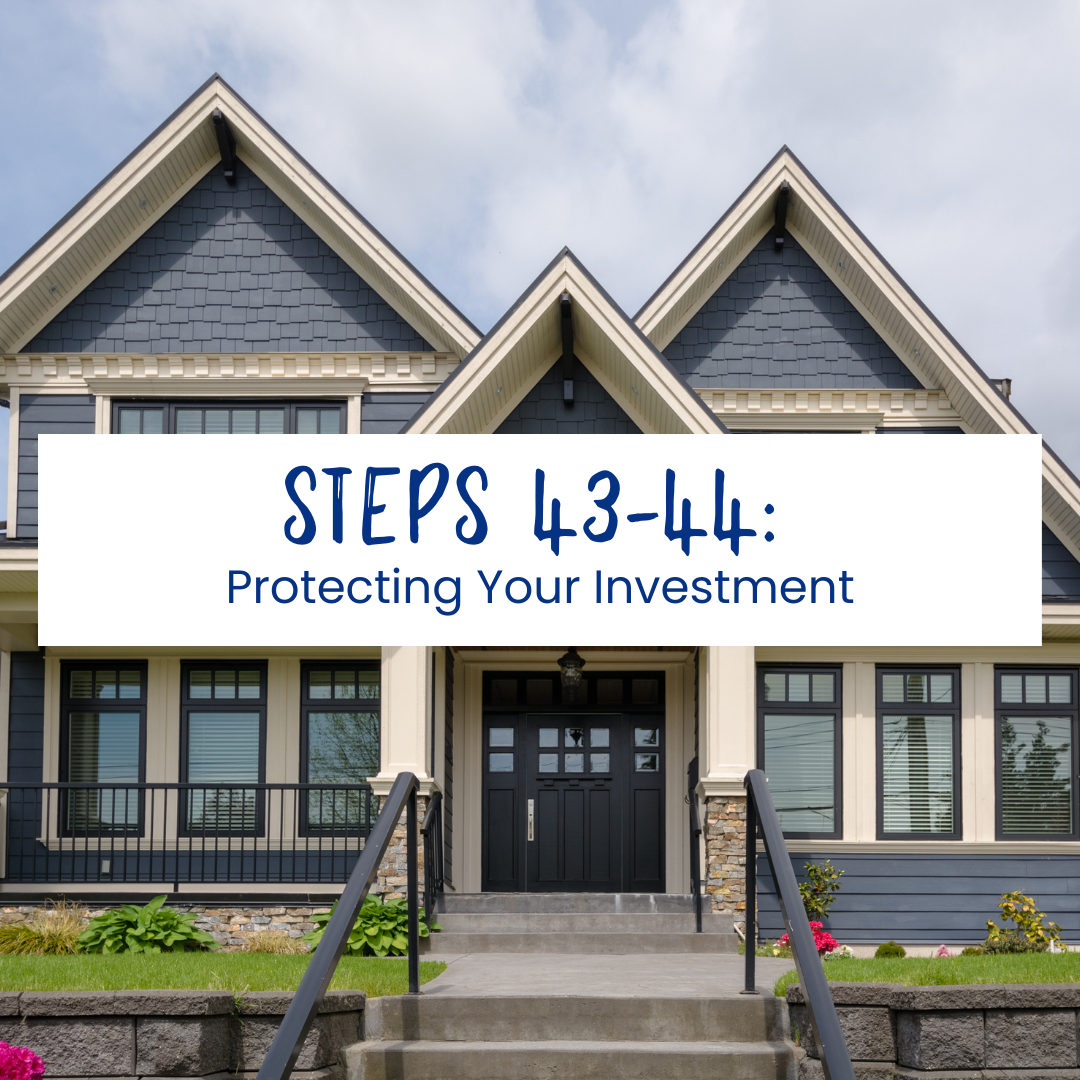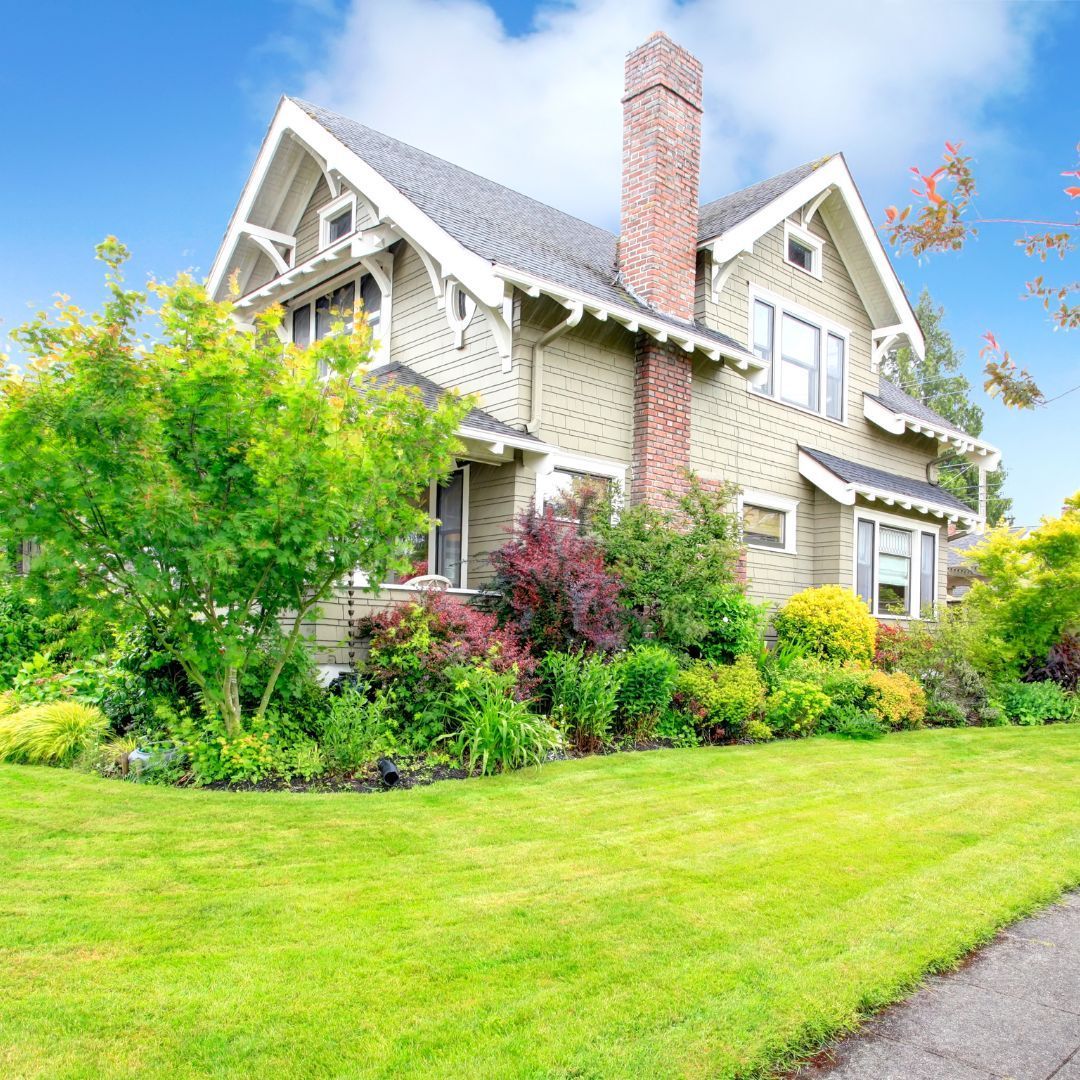By Andi Dyer
•
December 3, 2025
If you've been wondering whether this is the right moment to sell your home in Bellingham, you're not alone. The short answer: it depends on your personal situation more than the market itself. Right now, Bellingham WA has low inventory, which means qualified buyers are actively looking and good homes tend to sell relatively quickly. If your timeline, finances, and next chapter align, this could be an excellent time to list your house in Whatcom County. Let me walk you through what's actually happening in our local market and help you figure out if selling makes sense for you. What's Really Happening in the Bellingham Real Estate Market Right Now? The Bellingham and Whatcom County housing market has been anything but ordinary over the past few years. We've seen rapid appreciation, shifting interest rates, and inventory that's still tighter than we'd like. Here's what matters most if you're thinking about selling: Inventory is still relatively low. There simply aren't enough homes on the market to meet demand, especially well-maintained properties in desirable locations throughout Bellingham and Whatcom County. When a good home hits the market, it often attracts multiple showings quickly. Buyers are still out there. Yes, interest rates are higher than they were a couple years ago, but serious buyers have adjusted. Many are looking to put down roots in Bellingham, drawn by the quality of life, outdoor access, and community feel. Others are relocating for work or want to be closer to medical services and amenities. Home values have held strong. While we're not seeing the wild appreciation of 2020-2021, most neighborhoods in Whatcom County have maintained their value well. If you've owned your home for more than five years, chances are you're sitting on significant equity. How Do I Know If It's the Right Time for Me to Sell? Forget what the headlines say for a second. The real question isn't whether it's a good time to sell in general—it's whether it's a good time for you to sell. Here are some signs it might make sense: You're ready for your next chapter. Maybe you're simplifying, relocating closer to services or community, or moving out of state to be near loved ones. Life changes, and your home should support where you're headed. Your home no longer fits your lifestyle. Whether it's too much space, too much maintenance, stairs that feel like a workout, or a yard that's become a part-time job, your home should make your life easier, not harder. You have significant equity to protect or use. If you've owned your home in Bellingham for a decade or more, you likely have substantial equity. Selling now lets you capture that value and put it toward your next move—whether that's downsizing locally, relocating, or building financial cushion. Maintenance is piling up. Our Bellingham weather is beautiful, but it's tough on roofs, siding, and foundations. If you're facing expensive repairs (think new roof, septic work, or foundation issues), selling before those costs hit can make financial sense. You want to sell before you have to. There's something to be said for selling on your timeline, when you can prepare your home properly and negotiate from a position of strength, rather than waiting until circumstances force a rushed sale. What Are the Challenges of Selling Right Now in Whatcom County? Let's be honest—there are always trade-offs. Here's what sellers should know: You'll probably need to buy or rent next. If you're staying in Whatcom County, you'll be competing in the same tight market you're selling into. That said, with the equity you've built, you may have more flexibility than first-time buyers. Some sellers choose to rent temporarily while they figure out their next move. Preparation matters more than ever. Buyers today have high expectations. They've seen the pristine photos online, and they're comparing your home to everything else available. A little strategic updating—fresh paint, deep cleaning, decluttering, and addressing obvious maintenance—goes a long way. Pricing needs to be smart, not emotional. Overpricing can backfire, even in a low-inventory market. Homes that sit too long start to feel stale, and buyers wonder what's wrong. A REALTOR® who knows Bellingham and Whatcom County can help you price competitively from day one. Should I Wait for a "Better" Market? I hear this question a lot, and I get it. It's tempting to think that if you just wait a little longer, conditions will improve, rates will drop, or prices will climb even higher. But here's the thing: nobody has a crystal ball. Timing the market perfectly is nearly impossible, and waiting can sometimes cost you more than you think. Here's what I've seen over the years: Maintenance doesn't wait. That roof isn't getting younger, and neither is your furnace. Life doesn't wait. If your circumstances are telling you it's time to move, postponing the decision often just adds stress. Equity is real money now. If you have it, you can use it. Waiting to see if you'll have more equity means missing out on what you could do with what you already have. If your situation is right, the market is workable, and you're mentally ready, that's usually a better signal than trying to predict interest rate movements or seasonal trends. What About Selling in Winter vs. Spring in Bellingham? Bellingham's weather does influence the market, but probably less than you think. Spring and summer are traditionally busier. The weather's nicer, gardens look great, and buyers with flexible timelines prefer to move when it's sunny. You might see more competition from other sellers, but you'll also see more buyers. Fall and winter tend to be quieter, but the buyers who are looking during these months are often more serious. They're not casually browsing—they need to move. Plus, there's less competition from other listings, so your home stands out more. Bottom line: if you're ready to sell, don't let the season hold you back. A well-marketed home can sell any time of year in Whatcom County. How Long Does It Take to Sell a Home in Bellingham Right Now? It varies, but well-priced, well-prepared homes in Bellingham and Whatcom County are typically under contract within 30 to 60 days. Some sell in a week or two, especially if they're in highly sought-after neighborhoods near trails, the bay, or convenient to services. Homes that linger usually have one or more of these issues: Overpriced for the current market Deferred maintenance that's obvious to buyers Poor photos or marketing Limited access for showings Work with a REALTOR® who understands the local nuances—like how our weather affects showing schedules, or how to market a hillside property with a steep driveway—and you'll set yourself up for a smoother, faster sale. How Can I Maximize My Home's Value Before Selling? You don't need to renovate your entire house, but a little effort can make a noticeable difference in how quickly you sell and what you net. Focus on these high-impact areas: Curb appeal: First impressions matter. Trim overgrown shrubs, power wash the driveway, and make sure the entrance feels welcoming. In Bellingham's wet climate, check for moss buildup on walkways and siding. Deep clean everything: Baseboards, windows, light fixtures, and especially bathrooms and kitchens. A clean home signals that it's been cared for. Declutter and depersonalize: Buyers need to envision themselves in your space. Pack up personal photos, collections, and excess furniture. Less is more. Fix the obvious stuff: Leaky faucets, squeaky doors, chipped paint, missing cabinet knobs—buyers notice these things, and they start doing mental math on what they'll need to fix. Consider a pre-listing inspection: This can help you identify issues before buyers do, giving you control over how and whether to address them. Your REALTOR® can give you specific advice based on your home and neighborhood. Sometimes a $500 investment in paint and cleaning returns thousands in sale price. What Should I Look for in a REALTOR® in Whatcom County? This is one of the most important decisions you'll make in the selling process, and it's worth taking your time to get it right. First, understand the difference: not every real estate agent is a REALTOR®. A REALTOR® is a member of the National Association of REALTORS® and is held to a strict Code of Ethics that goes beyond state licensing requirements. This means they're committed to treating all parties honestly, advocating for their clients' interests, and operating with transparency and integrity. Here's what else matters when choosing your REALTOR®: Local expertise that runs deep. They should know Bellingham and Whatcom County inside and out—the neighborhoods, what buyers are looking for in this area, how our local market cycles work, and have recent sales to back up their knowledge. Someone who lives and works here, not just licenses here. Master-level negotiation skills. Look for a REALTOR® who holds a Master Certified Negotiation Expert (MCNE) designation, not just a Certified Negotiation Expert (CNE). The difference matters. An MCNE has completed advanced training in negotiation strategy, psychology, and tactics—skills that can mean thousands of dollars more in your pocket when offers come in and terms are being negotiated. Full dedication to you throughout the entire process. You want a REALTOR® who will be your point of contact from start to finish—not someone who farms out different parts of the transaction to various team members. When you call with a question, you should get your REALTOR®, not a transaction coordinator you've never met. When an offer comes in at 8 PM, you should hear from the person who knows your situation and your goals, not a team member reading notes. Marketing that actually reaches buyers. Professional photography, virtual tours, compelling listing descriptions, strategic online advertising, and a plan for reaching both local and relocating buyers. In today's market, most buyers start their search online, so your REALTOR®'s digital presence matters. Honest communication about pricing and strategy. You want a REALTOR® who'll tell you the truth, even if it's not what you hoped to hear. Overpricing to "test the market" usually backfires. A great REALTOR® will explain their pricing strategy, back it up with data, and be upfront about what to expect. A plan for your entire transition. If you're selling and then buying, relocating out of the area, or need time to find your next place, your REALTOR® should help you think through the logistics and timing, not just focus on getting your current home sold. Take the time to interview at least two or three REALTORS®. Ask about their designations and continuing education. Ask how they handle multiple clients—will you be working directly with them, or will you be passed off to team members? Ask about their recent sales in Bellingham and what they think your home is worth. You'll know pretty quickly who gets it and who's genuinely committed to representing your best interests. The right REALTOR® doesn't just list your home—they become your advocate, your strategist, and your guide through what can be an emotional and complex process. Choose someone who takes that responsibility seriously. FAQ: Common Questions About Selling a Home in Bellingham WA Q: How much is my house worth in Bellingham right now? A: It depends on your location, size, condition, and recent sales in your neighborhood. The best way to know is to request a personalized home value analysis from a local REALTOR® who can compare your home to recent sales and current listings in Whatcom County. Q: Do I need to make repairs before selling, or can I sell as-is? A: You can sell as-is, but it often means accepting a lower price. Buyers will either ask for credits or factor repair costs into their offers. Strategic repairs—especially ones that improve safety or curb appeal—usually pay off. Q: What if I need to sell but don't know where I'm moving yet? A: That's more common than you think. Some sellers arrange a rent-back agreement, where they stay in the home for a month or two after closing while they figure out their next step. Others move into a short-term rental. A good REALTOR® can help you structure a sale that gives you flexibility. Q: How do I avoid capital gains taxes when selling my home? A: If you've lived in your home as your primary residence for at least two of the last five years, you can exclude up to $250,000 in gains if you're single, or $500,000 if you're married filing jointly. Consult a tax professional for advice specific to your situation, especially if your gains exceed those thresholds. Q: What's the difference between working with a broker and a REALTOR®? A: In Washington State, all real estate agents work under a broker's license. However, a REALTOR® is a broker or agent who's also a member of the National Association of REALTORS® and follows a strict Code of Ethics. This extra layer of accountability means they're committed to professional standards that go beyond state licensing requirements. Ready to Explore Your Options? If you've read this far, you're clearly thinking seriously about your next move. That's a good thing. Whether you sell this spring, next fall, or a year from now, the best decision is an informed one. I'd be happy to sit down with you—no pressure, no obligation—and walk through a personalized equity review and market analysis for your specific home in Bellingham or Whatcom County. We'll talk about: What your home is worth in today's market What you'd likely net after expenses How the timing fits with your plans What your options look like, both locally and beyond My goal isn't to push you into anything. It's to give you the information you need to make a confident decision that supports your next chapter, whatever that looks like. And you'll be working directly with me throughout the entire process—from our first conversation to closing day and beyond. Let's start the conversation. Reach out whenever you're ready. ~ Andi 360.734.6479


















